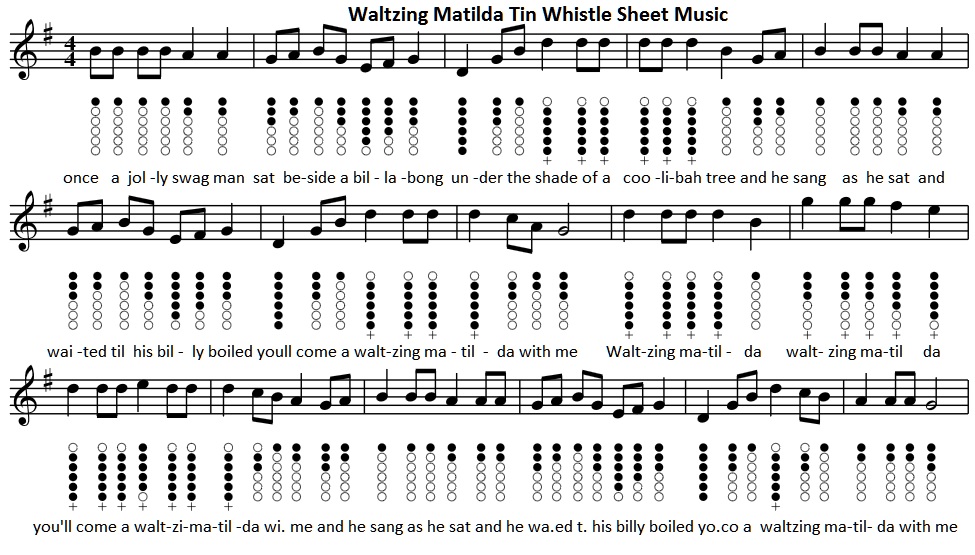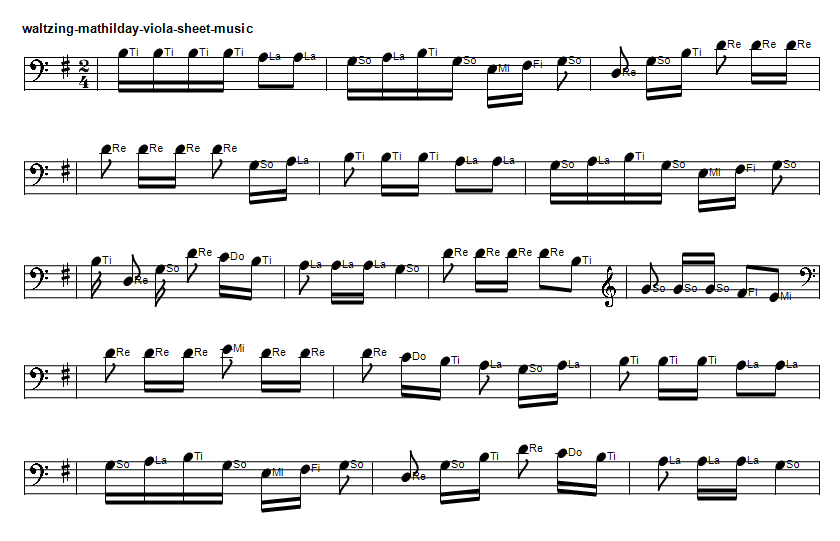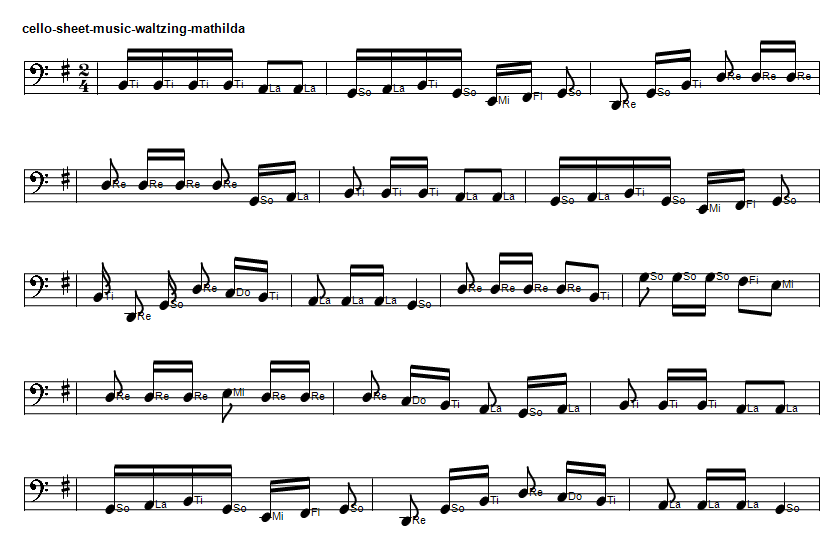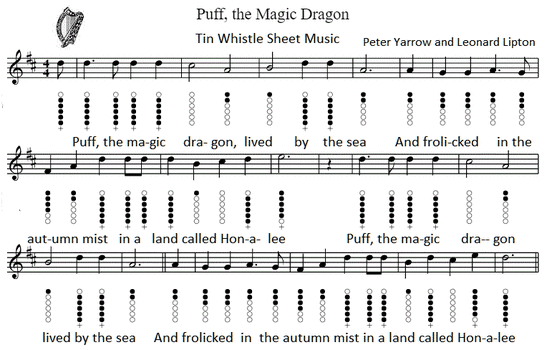Waltzing Matilda Tin Whistle Sheet Music
The sheet music for the Viola and the Cello are now included in the key of G Major. The lyrics for this Australian folk song were written by Banjo Peterson in 1895. The tune was called ''The Craigielee March''. But the original tune is much older and hales from Scotland called ''Thou Bonnie Wood of Craigielea'', which was written by James Barr in 1818. The sheet music here is set in the key of G Major and is suitable for the D whistle. Puff The Magic Dragon tin whistle notes are also included. Another song with a closely matching is And The Band Played Waltzing Mathilda Sheet Music .
Below is the list of sheet music and tin whistle songs that are in my ebooks. This is the largest collection of tin whistle songs ever put together.[over 800 songs ] Including folk, pop and trad tunes plus German And French songs along with Christmas Carols.
All of the sheet music tabs have been made as easy to play as was possible.
The price of the ebooks is €7.50
All of the sheet music tabs have been made as easy to play as was possible.
The price of the ebooks is €7.50
Viola sheet music for Waltzing Mathilda In G Major
Cello sheet music for Waltzing Mathilda
Below is Puff The Magic Dragon whistle notes.




